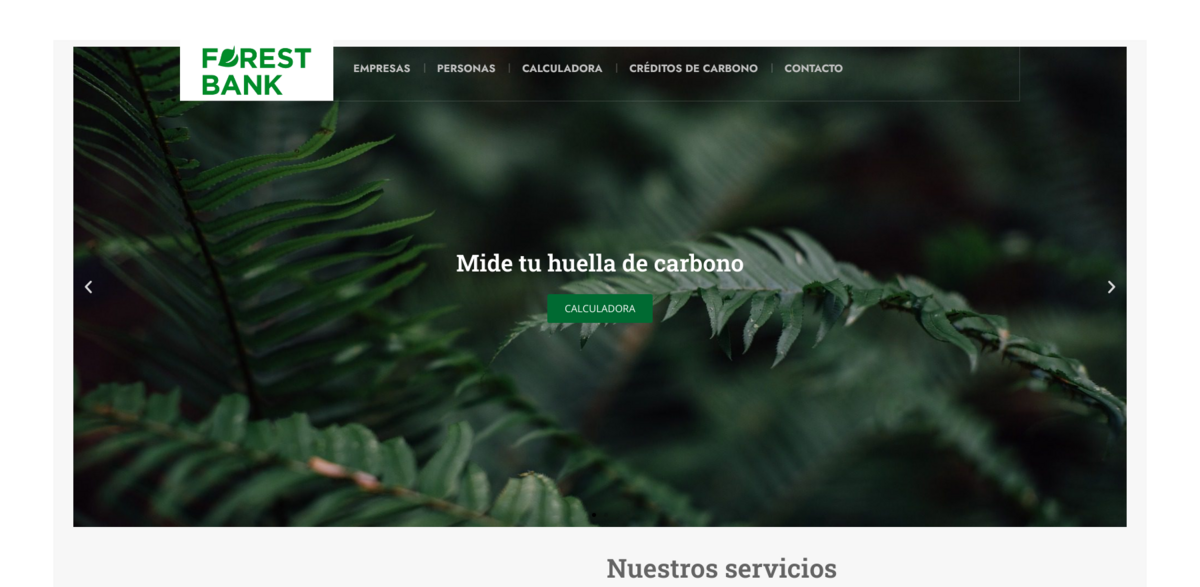What Is the Forest Bank Project?
Living in ZERO emissions is no longer just an aspiration but a tangible possibility with the Forest Bank project. This initiative is all about measuring your carbon footprint and compensating for emissions in a simple, effective way. With a focus on a lifetime of ZERO CO2 EMISSIONS, the project guides individuals and SMEs through calculating their emissions using a proprietary software tool—relying on methodologies such as ISO 14064, ISO 14069, ISO 14067, the GHG Protocol, and PAS 2050. The process is engaging and dynamic… a clearly thought-out plan that outlines how planting hundreds of trees can capture CO2 and generate carbon credits. Each credit, linked to one ton of CO2 absorbed each year over 35 years, plays its part in achieving a greener planet.
Main Benefit and Key Figures
The primary benefit of the Forest Bank project is the strategy to reach a ZERO CO2 EMISSIONS lifestyle for the long term. Key figures and facts include:
- Carbon Footprint Calculation based on recognized international standards.
- Consultancy for Environmental Management System Implementation following ISO 14001.
- Practical CO2 Compensation through the sale of carbon credits in projects registered with MITECO.
- A unique opportunity to co-finance a forestry project that secures 1 ton of CO2 absorption per year for 35 years.
- Innovative idea: if credits generate a surplus, the extra funds will plant even more trees, multiplying the initial effort.
Measuring and Reducing Emissions
The project starts with a detailed measurement of individual or company CO2 emissions. The process involves outlining an action plan where emissions are reduced as much as possible. By integrating a Carbon Footprint Calculation with methodologies like ISO 14064, ISO 14069, ISO 14067, and standards such as the GHG Protocol and PAS 2050, a clear picture emerges. This systematic approach reassures participants that all details are handled with precision, setting the stage for offsetting any remaining emissions with practical and sustainable methods.
Reforestation and Carbon Offset
At its heart, the Forest Bank project is about reforestation. The initiative is set to plant hundreds of trees on behalf of participants, with a clear commitment to generate carbon credits from every ton of CO2 captured. This winter, forests will be planted in strategic locations including Tarragona, Cuenca, and Barcelona. The project explains that trees capture CO2, support biodiversity, regenerate soil, and even provide energy and food. If someone has more than 5 hectares of agricultural land, pastures, or burned forest land, there is an invitation to contribute further. The idea is to turn emitted CO2 into an ecological asset, where every tree planted represents a step toward a cleaner, healthier environment.
ESG Metrics and Carbon Management
Forest Bank is recognized as the first startup aiming to mitigate CO2 footprints and to create certified ZERO EMISSIONS communities. This innovative approach extends ESG metrics to SMEs, ensuring that even small to medium enterprises can set and achieve ambitious environmental goals. Providing a compensation project with ESG metrics similar to those of large multinationals, the project also helps companies communicate their environmental efforts transparently and effectively. The consultancy for Environmental Management System Implementation following ISO 14001 reinforces that every element of CO2 reduction and offset is managed with sustainability and responsibility in mind.
Project Impact on the Sustainable Development Goals
- SDG 13: Climate Action – Reducing CO2 emissions and compensating for the environmental impact.
- SDG 15: Life on Land – Reforestation projects that regenerate ecosystems and support biodiversity.
- SDG 12: Responsible Consumption and Production – Promoting sustainable practices in production and daily consumption.
- SDG 9: Industry, Innovation, and Infrastructure – Implementing innovative methods and technologies for carbon management.
A Long-Term Vision for a Zero Emissions Future
Achieving ZERO CO2 EMISSIONS for a lifetime is not merely a slogan—it is a comprehensive process involving measurement, reduction, and offsetting of emissions. The project presents a clear roadmap: first, measure the CO2 emissions; then, work on reducing them as much as possible; and finally, offset what remains by planting forests that are certified to have captured CO2. The methodology is straightforward: the surplus from the sale of carbon credits is reinvested to plant more trees in the name of those who took the first step. This cascading effect ensures that every contribution multiplies itself over time, paving the way for restored ecosystems across the Iberian Peninsula.
The process emphasizes accountability, clarity, and a long-term commitment to the planet. Forest Bank’s approach is recognized as a timely response; after all, according to a study published in Science, planting around 1.2 trillion trees may be necessary to absorb two-thirds of the CO2 produced during the industrial era. Considering that Spain is expected to be the most impacted area in Europe by Global Warming, the reforestation projects are dedicated to this region. It is a call to action—to change the climate, one tree at a time. The project underlines that in the span of 200 years, 750 billion tons of CO2 have warmed the atmosphere, manifesting the urgent need for innovative and sustainable solutions.





















